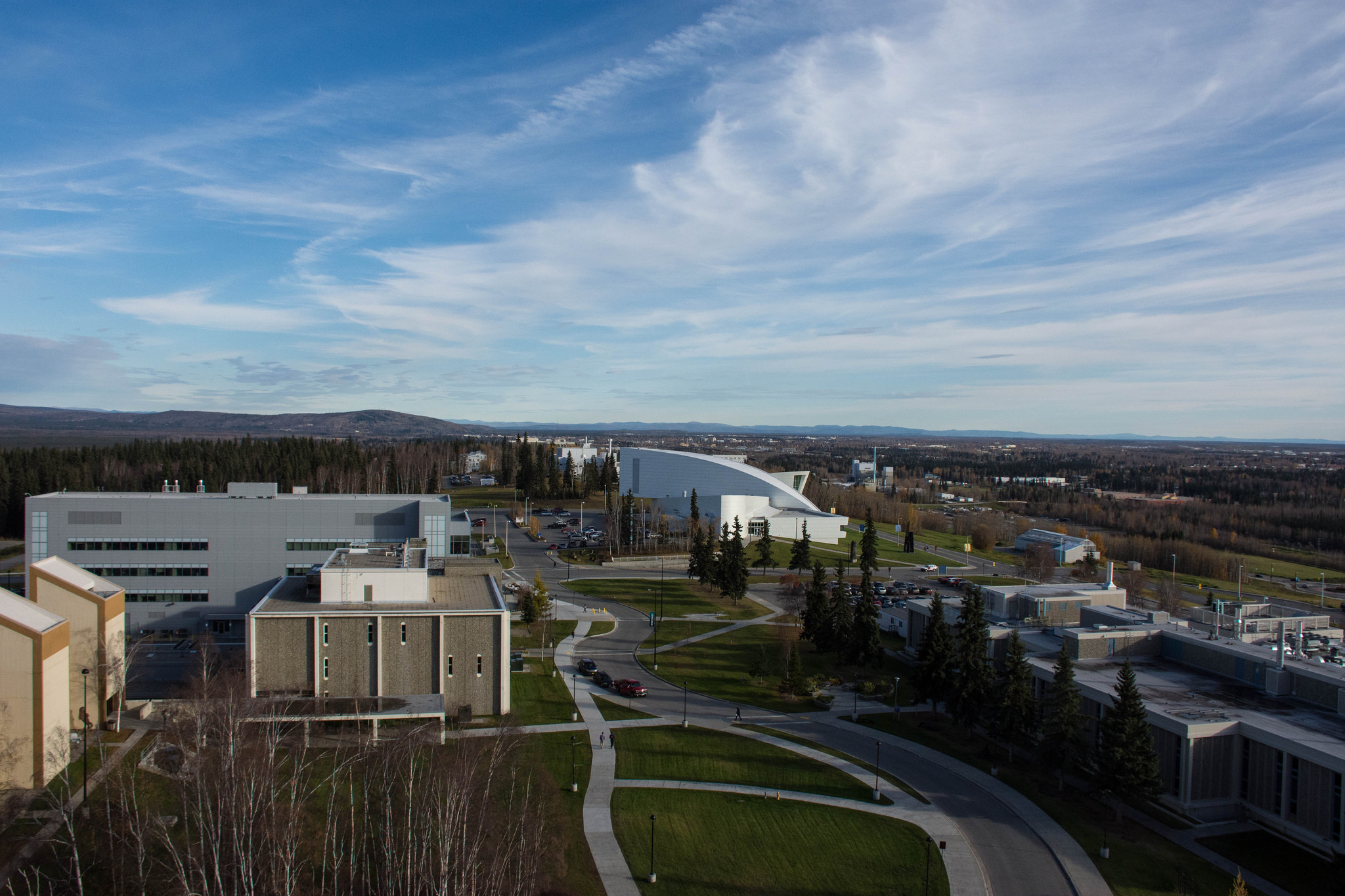UAF, Sandia labs agree to cooperate on Arctic research
The agreement formalizes what was already a rich history of collaboration between the two institutions.

The University of Alaska Fairbanks has signed an agreement with Sandia National Laboratories to cooperate on Arctic research, the institutions said on Tuesday.
The umbrella Cooperative Research and Development Agreement makes formal what has been a history of collaboration between UAF and Sandia, the institutions said.
“We have a shared interest in the Arctic and Arctic science,” Nettie LaBelle-Hamer, deputy director of UAF’s Geophysical Institute, said in a statement released by the university. “It’s part of our DNA here at UAF. Arctic-related science and infrastructure collaboration on the researcher level have been pretty successful between Sandia and UAF over the years. We have a lot in common, and as projects move forward, we’ll be better together.”
Sandia, which conducts research on behalf of the U.S. Department of Energy, already has operations in northern Alaska. It manages two North Slope facilities, part of the Department of Energy’s Atmospheric Radiation Measurement Program, and two areas of controlled airspace from the Arctic coastline toward the North Pole.
The partnership with UAF — which itself has a center for testing unmanned aircraft operating in the Arctic — will benefit both institutions, a Sandia official said.
“There are a lot of concerns in science, security and energy stability where Sandia’s capabilities are complementary or distinct from the university’s, and this partnership is an opportunity for us to help the U.S. manage the risks and responsibilities that come with the changes in the Arctic,” Lori Parrott, a Sandia atmospheric sciences manager, said in a statement. “The opening up of sea ice is going to lead to concerns for border security. As a country, we must consider how to ensure that our fourth coast is as secure as our other coasts.”
Joint efforts to be conducted under the cooperative agreement include flights of tethered balloons and drones to measure atmospheric temperatures, study of renewable energy and microgrids that would work in the Arctic environment and research into ways to improve resilience against natural disasters and the harsh environment, UAF said.
The two institutions also plan to advocate for a comprehensive multiagency research facility to study wide-ranging Arctic issues. They have proposed that such a facility be built at Oliktok Point on the North Slope. Sandia scientists are already using Oliktok Point as a center for their unmanned-flight operations, and the site is considered particularly useful because it has gives scientists the ability to make observations of the atmosphere, ocean and land in the Arctic.
Yereth Rosen is a 2018 Alicia Patterson Foundation fellow.